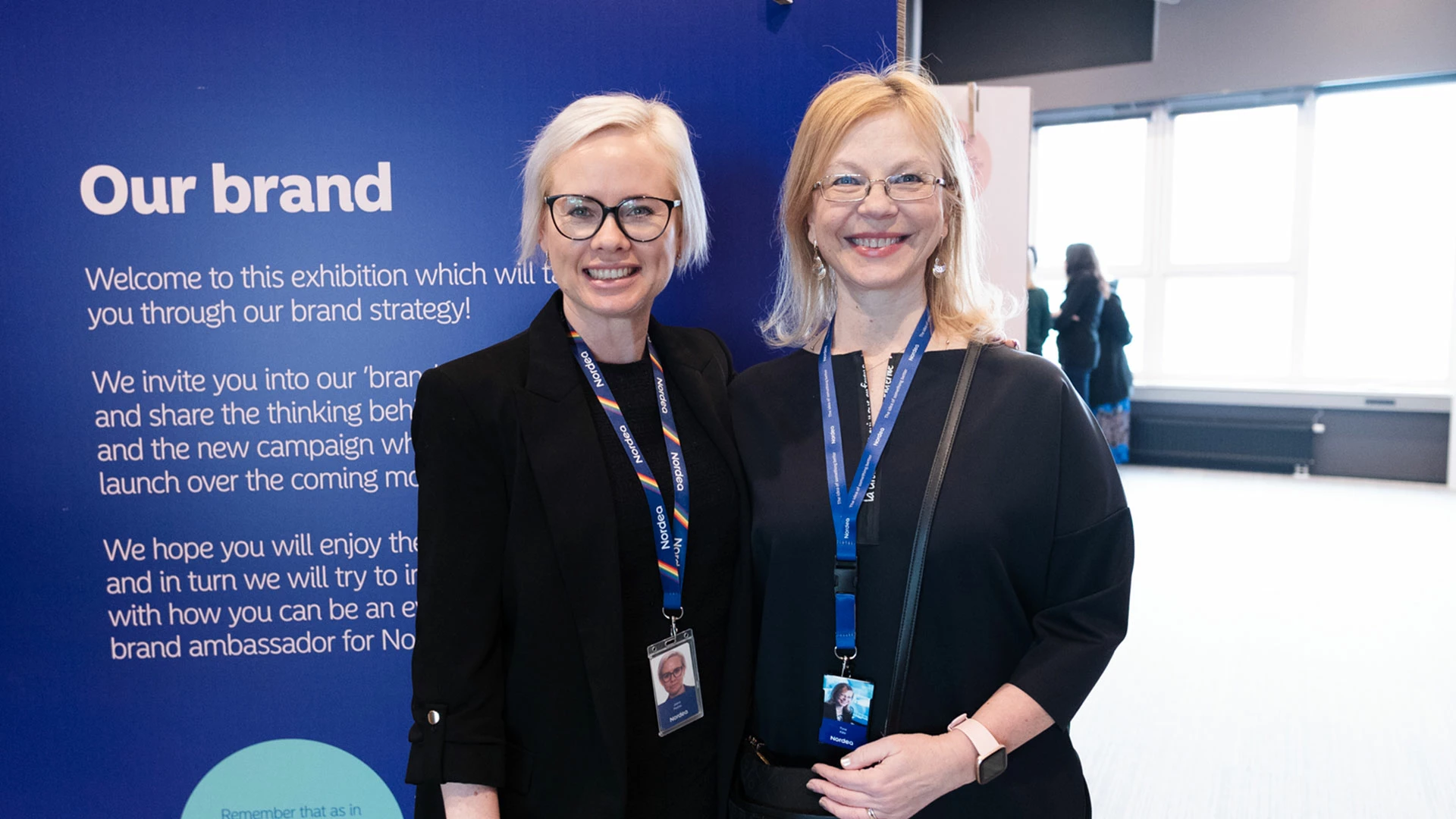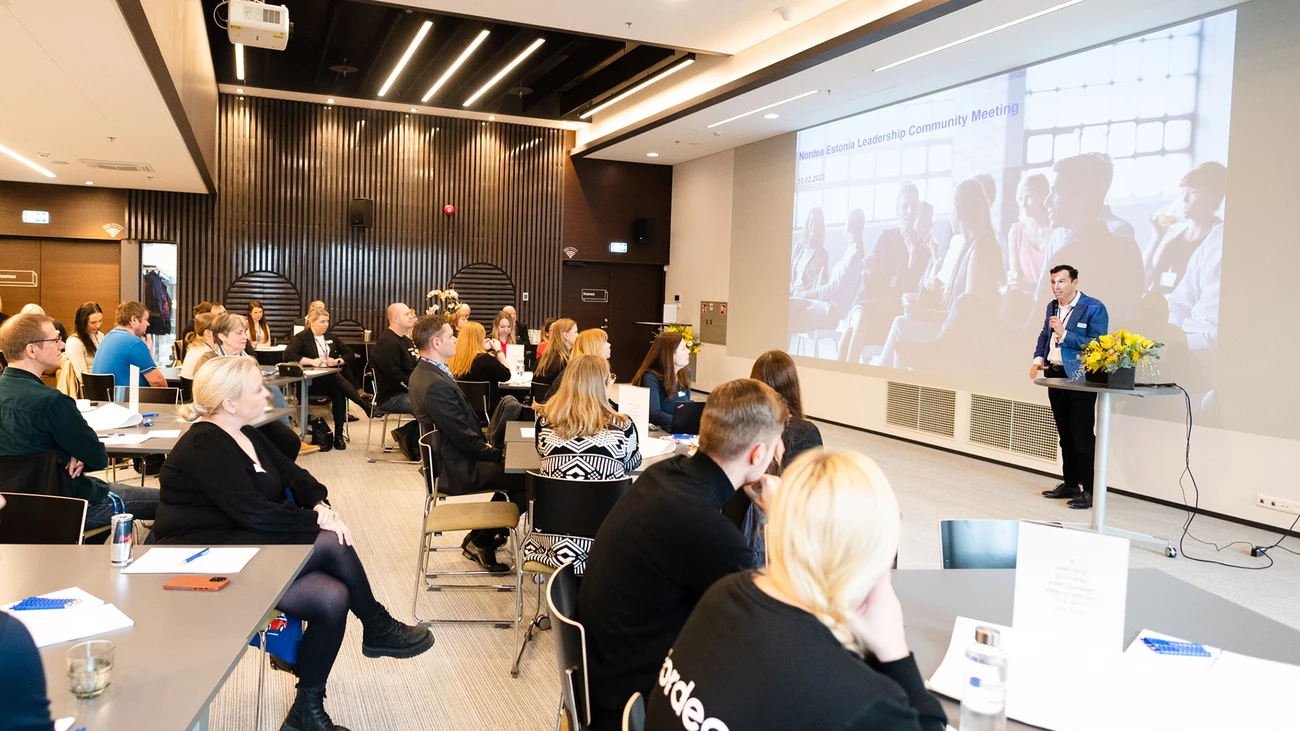Diverse by origin
“Because of our rapid growth, we’re open to a variety of competencies and backgrounds – you don’t necessarily need banking skills to start a career with us,” points out People Consultant Jaana Pedras. “With English on top as the main working language, we’re almost diverse by origin. But diversity on its own doesn’t mean inclusion – only variety. It’s up to us as a company to ensure that everyone feels valued and included, and we have quite a detailed action plan for how to make that happen.”
The plan includes support for jobseekers from outside Estonia and a cross-cultural employee resource group supporting newcomers. But that’s a relatively minor part. Among other things, the plan also addresses flexible working conditions for people with ability variations and parents of children with disabilities, equal family leave opportunities for rainbow parents and regular trainings for leaders where the emphasis is on people development, organisational culture and values.
According to Tiina Käsi, the importance of the employee resource groups is not to be underestimated. These groups are also supported by Nordea’s top management. Head of Compliance Jamie Graham is a sponsor of the cross-cultural employee resource group, and recently attended a leadership meeting in Nordea Estonia to talk about diversity and inclusion.
“I myself have been a newcomer to the Nordics and know that moving to a new country can be a life-changing experience. The new culture can feel very unfamiliar and learning a new language can be quite time-consuming. Our network of internationals and international-minded people strives to create more awareness about language inclusion and multiculturalism by offering networking opportunities, social gatherings and cultural events. This is to ensure every colleague, regardless of their ethnic background, language skills, religion or nationality, can feel comfortable,” he explains.




